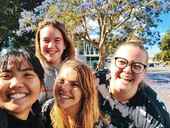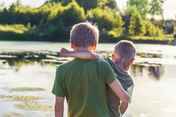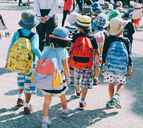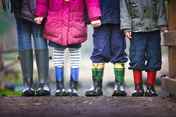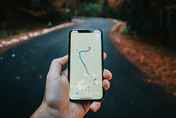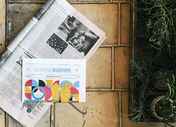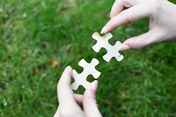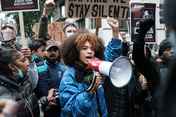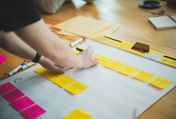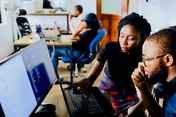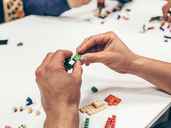Sharing the findings with participants, stakeholders and the public
The communications efforts that began with building awareness and support of the project are not complete until the results of the survey (and ideally, sense-making) are shared with the community – stakeholders, the public, and especially young people. For many community members, the first glimpse of results is the big pay-off that makes the trust and the work they put into the survey worthwhile. Doing a good job of sharing the findings, as early as possible, helps validate the time and trust young people have invested and ensures that survey participation is a positive and meaningful experience. It is also an investment in stakeholders’ long-term or repeat support. Going back several years after the initial survey to ask for help again is much more likely to be successful if stakeholders, partners and the public feel like the work they did earlier made a difference – and that you as organizers can be trusted to get the job done.
.jpg)
You want to communicate the message that you have data people can use, from people they can trust. There are a number of ways to go about this:
- Make the results available online by updating the existing online survey content to highlight key results and point to next steps, link to the data report, and/or offer to make the raw data available to trusted parties (e.g., researchers) upon completion of a Data Sharing Agreement (DSA). See toolkit sections, Data security, privacy and sharing and Appendix for the DSA.
- Create knowledge products to share the survey data. For example, the Children and Youth Planning Table of Waterloo Region produced a series of “data briefs” released in sequence (by dimension of well-being) over time. See Appendix for a sample data brief template.
- Issue a press release (or a series of releases on different dimensions or topics) highlighting the findings, pointing to where more information can be found and reiterating next steps in the project.
- Work one-on-one with local media to secure interviews or features with young people, project leads and researchers (e.g., a newspaper supplement or radio call-in show). Make sure that young people are engaged safely in any interviews with credible media by informing and preparing them in advance (including a providing a consent and release form), protecting their privacy, and establishing parameters so that the experience is positive and risk-free.
- Prepare the results as presentation slides that can be used in different combinations for various audiences and shared with partners and young people (e.g., Youth Animators) to use.
- Seek out opportunities to deliver a presentation on the survey to partner organizations, service groups, business associations and other stakeholders. This is often best accommodated as a part of a scheduled event, such as a quarterly update call or an annual conference. Alternatively, you might plan for a larger, intergenerational event to share the data and plan for action on National Child Day (November 20).
- Prepare a summary report providing background about the survey and highlighting key findings, with the ability to access the full results by request or online.
- Work with young people to create videos that share some of the key findings.
- Design and implement a social media plan that progressively reveals interesting findings in a “Did You Know” or “True or False” fashion, with links to the full results and other assets, such as videos.
- Create an online survey asking select questions from the Community Child and Youth Well-being Survey to capture how the general population “guesses” young people responded, and compare to the actual survey results.
- Conduct a research “drawdown” with policy-makers and program developers (the Organisation for Economic Cooperation and Development has a number of guides for policy-making based on well-being data).
- Produce a podcast series with youth based on different well-being dimensions and related survey findings.
As in every stage of the data cycle, young people can participate in developing and delivering communications content and materials.



